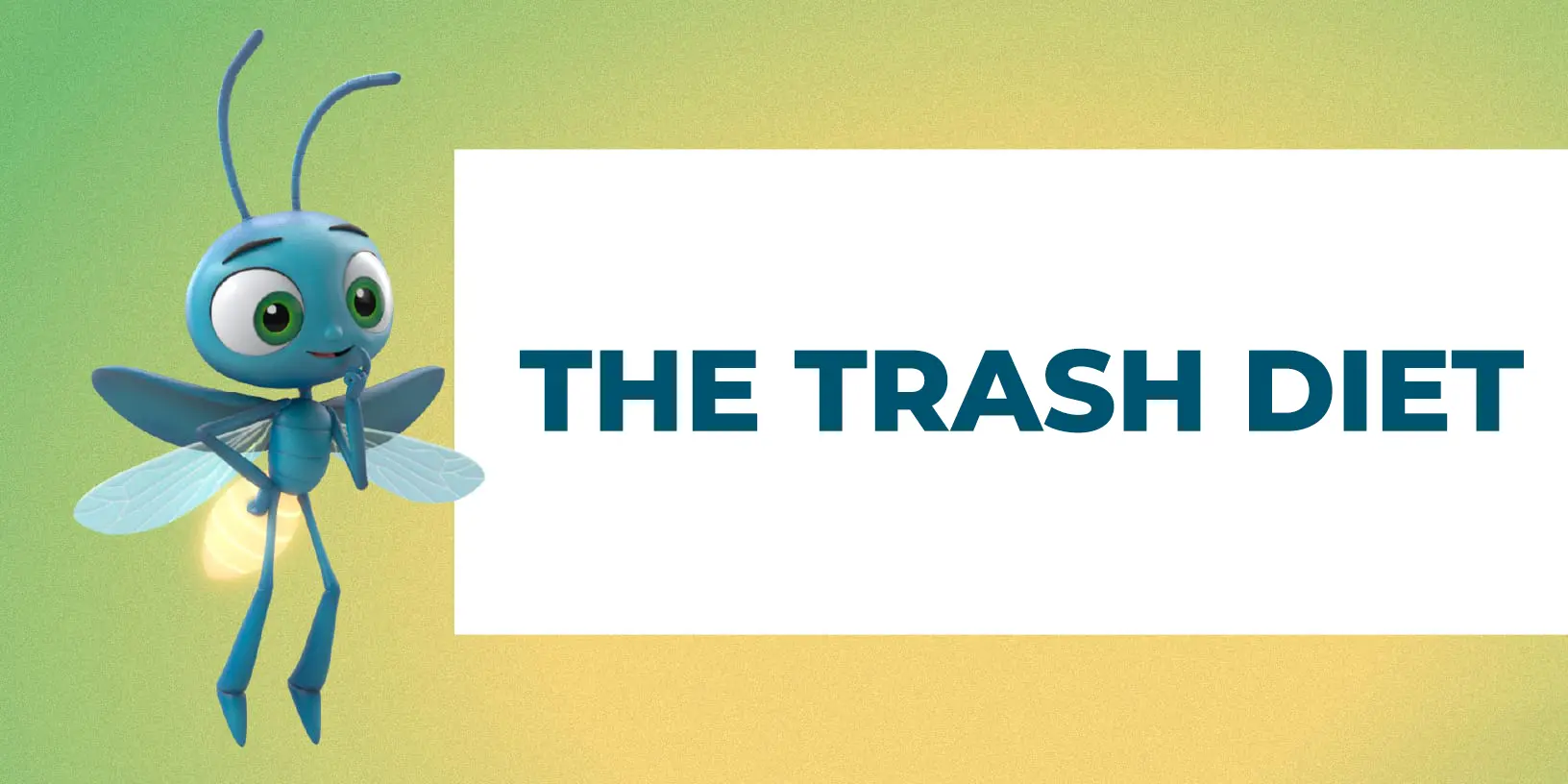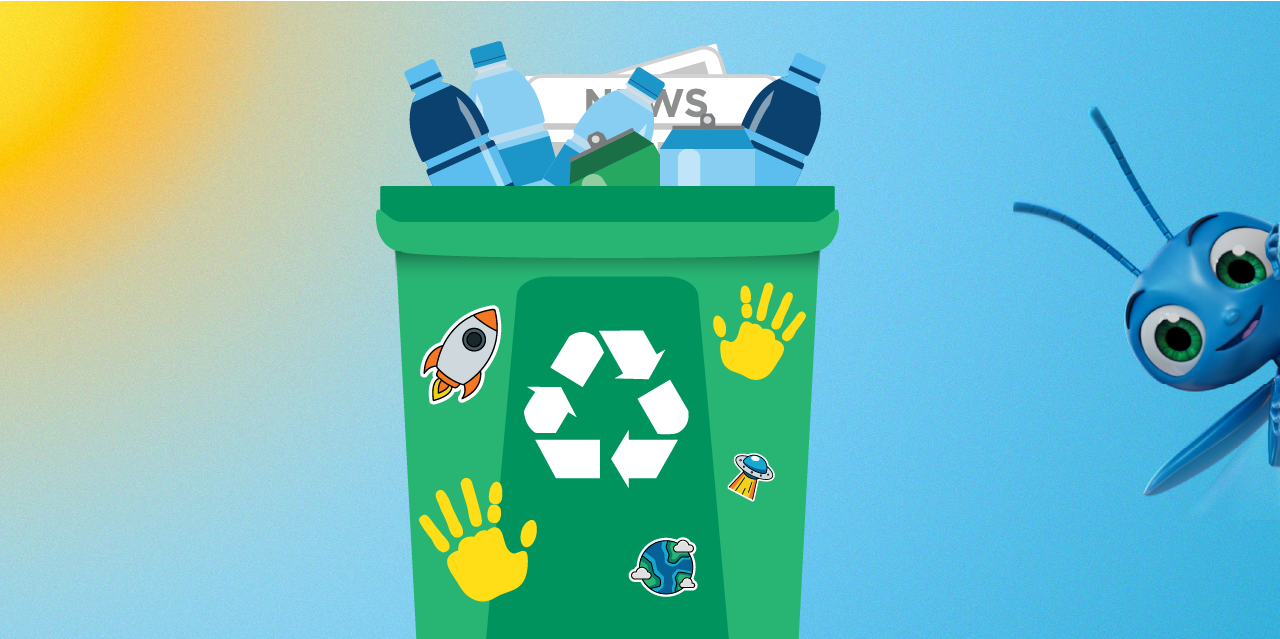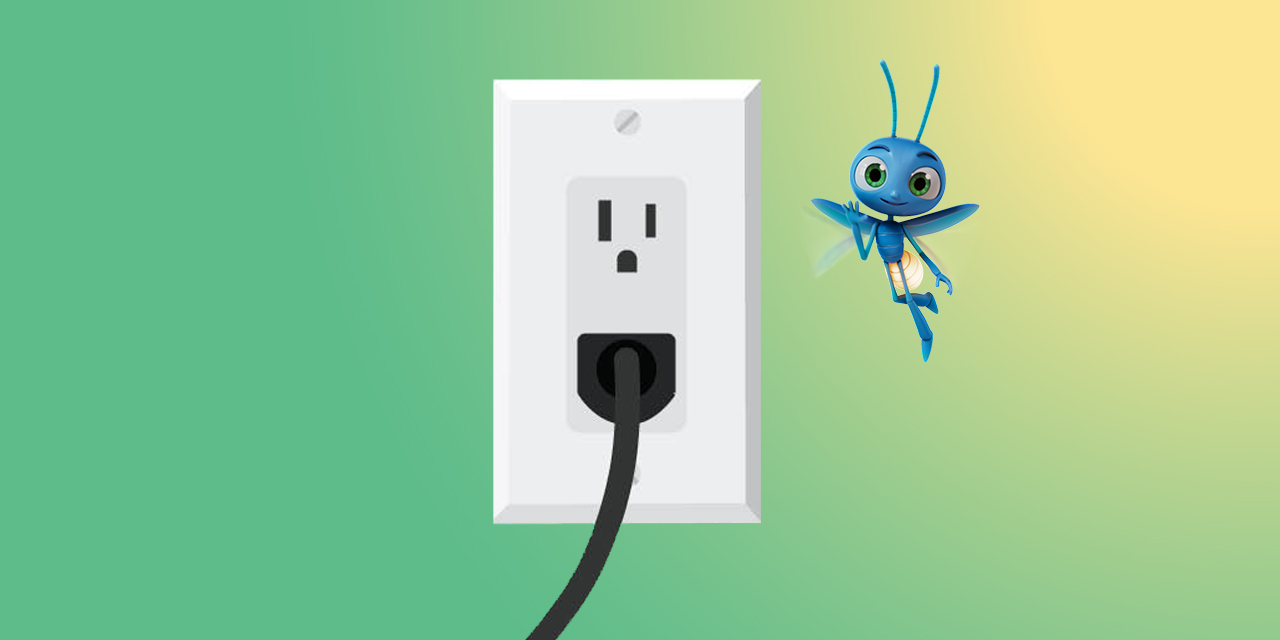Green Mountain Energy® Blog
The Trash Diet: A Simple Way to Reduce Your Carbon Footprint



If you’re like many of our customers, you’re eager to find new ways to reduce your environmental impact. Waste-related emissions can be a sizable and easily controllable source of an individual household’s carbon footprint. That’s because methane, the primary greenhouse gas emitted from processing waste, is a far more potent greenhouse gas than carbon dioxide (CO2). Methane has more than 20 times the heat-trapping ability of CO2, which makes it an active contributor to climate change. Besides being the biggest source of manmade methane emissions, landfills take up a lot of land and are ever-growing. Texas alone has 12 landfills reaching over 200 feet tall, and the U.S. Environmental Protection Agency estimates that we accumulate waste at a rate of nearly 4.5 pounds of trash per person per day!
But not to worry, you can go on a trash diet by following the three R’s:
- Reduce – The cheapest and easiest way to reduce your waste contribution is to avoid the creation of waste in the first place. Everything we buy ultimately must be disposed of, so be smart about your purchases. In fact, why buy when you can borrow? The Freecycle NetworkTM and neighborhood listserves are a great option for locating communal items that others are willing to share. Plus, sharing networks are a great way to build community and get to know people you may not otherwise meet. If you do need to buy something, look for products with minimal packaging and that will last a long time rather than products that have to be replaced year after year.
- Reuse – In nature, nothing is wasted. For example, even the CO2 that we and other animals exhale as a waste gas is a life source for plants that convert the CO2 into usable food and in return provide us with vital oxygen. In the same vein, decaying plants and animals are food for microorganisms that live in the soil and water. So, embrace your natural instincts, and close the loop. You can support a vibrant reuse economy buy seeking out reused and recycled products. Many manufacturers promote the recycled content of their products through labeling and advertising, and you can also look for products that are produced by companies who offer options for responsibly disposing of products at the end of their lives.
- Recover – You may be more familiar with the 3rd ‘R’ standing for ‘recycle.’ Recover is a more encompassing term that includes efforts to recycle, compost, and even creating energy from waste. Recycling is a breeze with more and more municipalities offering curbside recycling programs and technology improvements facilitating the recycling of an ever-growing list of recyclable materials. If recycling isn’t available at your home or if you want to recycle more than what’s accepted by your municipal program, visit the Earth911 Recycling Directory to look up places that will accept different types of recyclables, or check out their free app, iRecycle®. Composting is another form of recycling or reuse in which plant- and animal-based materials are repurposed into added nutrients for you lawn. Earth911 offers guidance on how to get started composting at home.
Piece of cake, right? We agree – trash diets are way easier than Atkin’s or South Beach! And, you don’t have to tackle it all at once. You can whittle away at your carbon footprint by introducing a new component of the three R’s each month. Don’t forget to keep us updated on your progress – we welcome your stories, tips, and tricks below.
Find a renewable energy plan that helps your home go green.
Enter your ZIP code to get started.
Our customers have avoided
pounds of CO2
That’s like planting
new trees.





